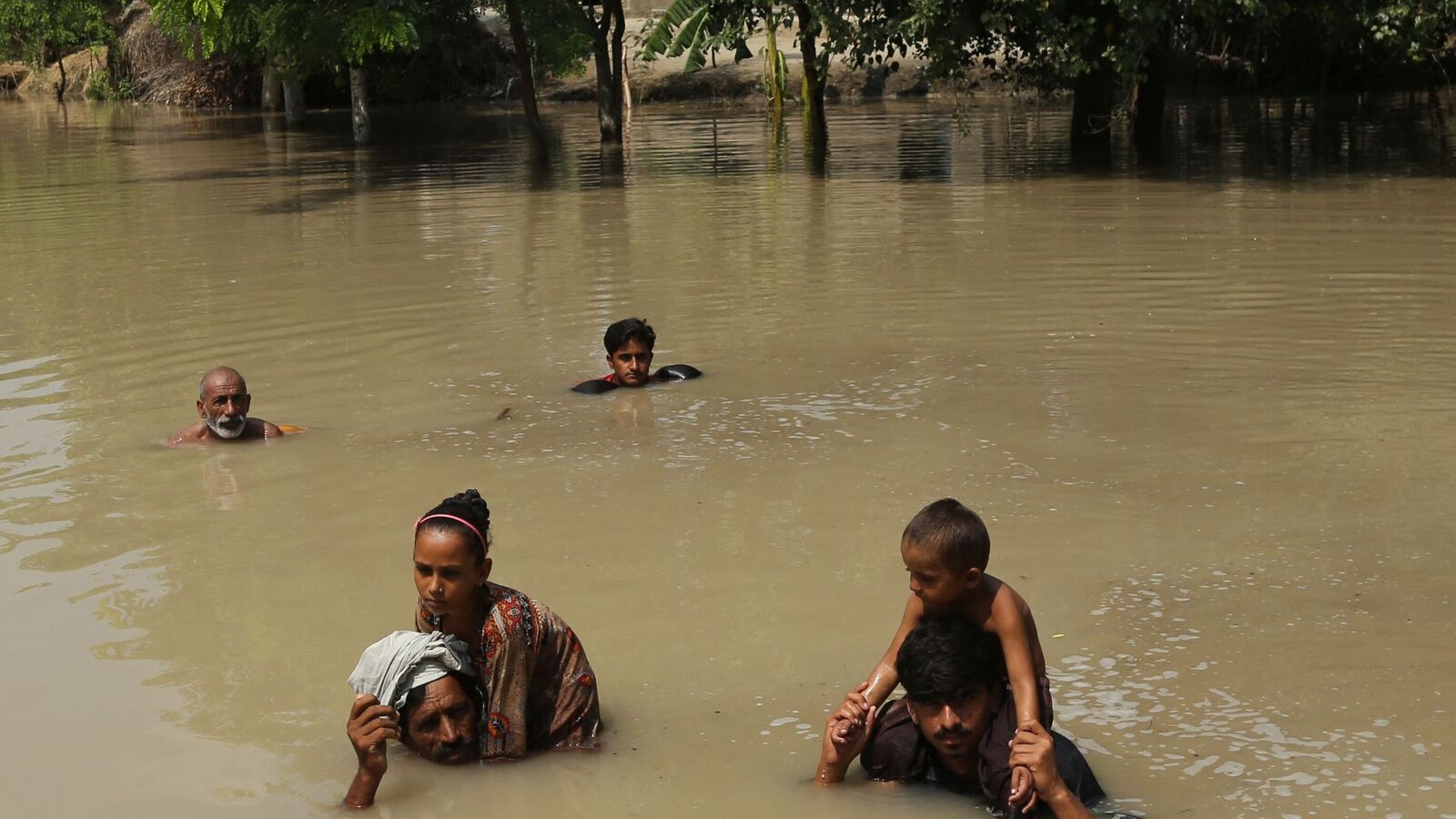Across Pakistan, monsoon-related disasters have claimed at least 739 lives since late June and damaged over 2,400 homes, along with the loss of more than 1,000 livestock. The disaster has displaced thousands and destroyed homes, schools, and crops, according to UN agencies and national authorities.
Meanwhile, forecasts warn of continued severe weather into early September, raising concerns about further flooding, landslides, and agricultural losses.
The impact on children has been especially alarming.
UNICEF reports that at least 21 children have died in Khyber Pakhtunkhwa alone since 15 August. Many more are at risk due to displacement, disrupted schooling, and limited access to clean water and sanitation. Multiple schools have either been destroyed or repurposed as temporary shelters, exacerbating the education crisis.
Torrential rains, flash floods, and cloudbursts have wreaked havoc across northwest Pakistan, particularly in Khyber Pakhtunkhwa, where government infrastructure has suffered damage worth ₹20 billion, according to an official report released Thursday.
The destroyed properties included 37 schools, 83 roads and 10 bridges. Irrigation infrastructure bore the heaviest blow, with 226 channels and 68 water supply schemes left unusable. The Irrigation Department alone reported losses of more than ₹10.3 billion, the report said.
The province, the hardest hit in the country, has recorded 380 deaths since 15 August.
Also Read: We keep an eye on Pakistan and India every day: Marco Rubio says ‘ceasefires can fall apart very quickly’
The Communication and Works (C&W) Department submitted its preliminary damage assessment to Chief Minister Amin Ali Gandapur, outlining the widespread destruction caused by the recent heavy downpours, according to a report by the United Nations.
In Sindh province, intense rainfall on 19 August caused severe urban flooding in Karachi, Pakistan’s largest city. At least six people were killed in incidents related to the downpour, including wall collapses and electrocutions. Rainfall in some areas reached up to 145 millimetres (approximately 5.75 inches), submerging roads and leaving large swathes of the city without electricity for several hours.
Amid swelling rivers and dams nearing maximum capacity, the Provincial Disaster Management Authority (PDMA) has issued a red alert across Punjab, warning of heightened flood risks and potential evacuations, ANI reported.
Pakistan experiences annual monsoon flooding from June to September, often resulting in deadly landslides, widespread infrastructure damage, and mass displacement, especially in densely populated or poorly drained areas.
According to a report by Dawn, the Indus River is currently facing medium-level flooding at Taunsa and Chashma, while low-level flooding has been recorded at Tarbela and Kalabagh. The Sutlej River is also experiencing low flood levels at Ganda Singh Wala and Sulemanki.
(With inputs from agencies)

